Workshop Presentation from the 2011 SOFT Conference in Chicago
Presenters: Dr. John Carey and Dr. Jeannette Israel
This genetic syndrome overview workshop was presented by Dr. Carey and Dr. Israel, with Dr. Carey presenting some quick genetics of chromosomes, then covering the basics of trisomy 18. Dr. Israel focused on trisomy 13, including translocations, and she added information about nondisjunction and cytogenetic analysis. Some further explanation of terminology has been added for the article.
Overview of Chromosomes and their Anomalies
Dr. Carey began the presentation with a quick overview of the genetics of chromosomes and their anomalies. A karyotype or karyogram is a display of chromosomes derived from a single cell. There are 23 pairs of human chromosomes, 22 autosomes, numbered 1-22 and one pair of sex chromosomes, either XX for a female or XY for a male.
A karyotype is used for diagnostic purposes, when the presence of a trisomy is suspected. Either blood is drawn or another tissue used. Cells are stopped in mitotic division, lined up, put in pairs, and counted. Three of a chromosome constitutes a trisomy of that chromosome. This was first done clinically in the early 1960s to diagnose chromosomal disorders.
We now know there are 20,000 different genes on the 46 human chromosomes. Genes are made up of DNA and are the blueprint for proteins which determine the functions of cells. Scientists have been mapping genes to specific chromosomes since the 1980s with work on-going.
Microarrays, a more sophisticated method of cell analysis, is now used. A microarray involves measuring many cells to measure changes in expression levels of genes, to detect SNPS, which are single nucleotide polymorphisms, and to genotype mutant genomes. A microarray is an orderly array of samples of cells that allows for matching of known and unknown DNA using base pairing. Microarrays can determine either gene or gene mutation sequence or expression level (number) of genes. It allows for better determination of level of mosaicism in individuals with trisomic and normal cell lines.
Chromosomal Syndromes
Chromosomal syndromes can be disorders of the autosomes or the sex chromosomes. Chromosomal syndromes are either disorders of number or of structure. Disorders of number include Down syndrome, trisomy 21, Edwards syndrome, trisomy 18, and Patau syndrome, trisomy 13, which have an additional chromosome, and Turner’s syndrome (X0) which is missing an X chromosome. Aneuploidy refers to cases in which an entire chromosome is extra or missing.
There are also disorders of structure, which include the children with related disorders in SOFT. In these cases part of a chromosome is altered, resulting in a partial trisomy. There are two arms to each chromosome: the q or long arm and the p or short arm, with the centromere a constriction between the two arms. A structural anomaly refers to an extra piece of a chromosome, often attached to another chromosome or a missing piece of one of a pair of chromosomes.
There are thousands of chromosome disorders, involving different pieces of chromosomes that have been duplicated or deleted. The segment involved determines physical characteristics and function related to that segment.
2nd and 3rd Most Common Trisomy
Trisomy 18 is the second most common autosomal trisomy, and trisomy 13 is the third most common, but both have higher mortality rates than Down syndrome. The liveborn prevalence is 1 in 5,000 to 1 in 8,000. Trisomy 18 is actually more prevalent than muscular dystrophy or cystic fibrosis, but far fewer children survive infancy. There is a recognizable pattern of anomalies for each syndrome.
When a child is born, there are physical indications of the presence of trisomy 18 or trisomy 13 which alert doctors to the need for further testing. There are recognizable congenital malformations specific to trisomy 18 and others specific to trisomy 13, which prompt neonatologists to request a karyotype.
Sometimes malformations are detected prenatally during ultrasound, which lead to further testing. Trisomy 18 was first recognized by Dr. John Edwards, an English doctor from Oxford, who after Down syndrome was found to involve a third 21st chromosome, suspected patients he had seen with a pattern of anomalies might also have an extra chromosome. He wrote a paper in 1959, and it was published in the British medical journal, Lancet, back to back with a paper by Patau who discovered the third chromosome in trisomy 13.
Trisomy 18
There is a recognizable phenotype for trisomy 18 that includes clenched fists, overriding fingers, short sternum, petite facial features, small size for gestational age, lowset ears, floppiness, and crossing of legs.
Congenital heart defects affect 90% of children with trisomy 18. These heart defects include VSD, ASD, PDA, and aortic and other valve malformations. More rarely there is hypoplastic left heart syndrome or Tetrology of Fallot. The heart defects can be addressed by medication or surgical repair. Club feet affect 20-30%. Spina bifida affects 6%. Eye abnormalities affect 10%.
There are functional difficulties associated with trisomy 18. There are significant feeding challenges, including early difficulty swallowing, aspiration, and gastroesophageal reflux. Many children have surgeries to address feeding difficulties, including G-tube placement and Nissan fundiplication. The extra genes on the third chromosome affect development in specific ways, including lack of oral language development and delayed motor skills.
Children with full trisomy 18 constitute 95% of those with an extra 18th chromosome. The other 5% is evenly divided between those with partial trisomy or translocation who have part of a third 18th chromosome and those who are mosaic trisomy 18, which means they have some cell lines with the extra chromosomes and some normal cell lines with anomalies and development depending on the percent of cells that are trisomic and the organ systems involved. There is high infant mortality during the neonatal period. The principle causes of death are central apnea, hypoventilation, aspiration, obstruction and cardiac defects.
Trisomy 13
Trisomy 13 is a genetic abnormality in which there are three copies of a whole or part of the 13th chromosome. The classic triad seen in infants with trisomy 13 includes a cleft lip and palate, congenital heart disease and polydactyly, extra digits. There are also clenched hands, undescended or abnormal testes, dysplastic or malformed ears, small head, absent eyebrow, malformed eyes, including eye and retinal abnormalities and a large nose.
The clefts and wide nose are part of a midline defect which might include holoprosencephaly, the incomplete development of the frontal lobes of the brain. Nervous system abnormalities include mental and motor delay, in some spina bifida, seizures and abnormal muscle tone, central apnea early in life, aspiration and obstructive sleep apnea.
Cardiac defects are seen in 80% of those with trisomy 13, including VSD, ASD, PDA, aortic and other valve malformations, and more rarely a malformation of arteries leaving the heart, all of which result in abnormal blood circulation. Medication and surgical repair are responses.
Infants with trisomy 13 also frequently have gastrointestinal malformations including an omphalocele, the herniating of abdominal viscera into the the base of the umbilicus, malrotation of the intestines and hernias. There are also renal defects including polycystic kidneys and horseshoe kidneys in which the two kidneys are connected with both conditions affecting kidney functioning. There are also genital abnormalities. Bone defects and scalp abnormalities are common.
Some abnormalities can be detected during ultrasound. There may be a single umbilical artery, loose skin at the back of the neck and low weight for gestational age. Heart defects may be detected, as well as brain malformations. Clefts, polydactyly and clubbed feet may be seen in ultrasound. These findings alert the physician to the possibility of trisomy 13.
Trisomy 13 Statistics
The median survival of infants with trisomy 13 is 7-10 days. By one year of age 91% pass. Median vent time is 13.3 days. It is reported that 23% have neonatal surgery. Early death is usually the result of central apnea or congenital heart disease.
In trisomy 13 75% have full nondysjunction, that is a complete third copy of the 13th chromosome. Translocations occur in 20% of the cases including Robertsonian in agrocentric chromosomes ( chromosomes: 13, 14, 15, 21, 22) which break at the centromere, lose the very small p arm and two long q arms fuse into a single chromosome.
In the next generation the fused chromosome and the normal chromosome can both be passed on resulting in a child with trisomy 13. There can also be a reciprocal trisomy with part of the 13th chromosome attached to another chromosome, often 14, original to the child (de novo) or resulting from a parent with a balanced translocation passing on both the attached chromosome and a normal 13th chromosome. There may also be a deletion of genetic material.
Familial translocations, in which a parent has a balanced translocation (right amount of genetic material but attached to different chromosomes) and functions normally can have preimplantation genetic diagnosis (PGD) to determine if the karyotype is normal. Translocations that do not involve the full 13th chromosome, are considered related disorders. There are also related disorders involving translocations of other chromosomes with the amount of extra and of deleted material varying with the individual.
A parent who has had one trisomy pregnancy has a recurrence risk. Generally, the recurrence risk is 1.7-2.4% for any trisomy resulting from nondysjunction. This is twice the age related risk. The recurrence risk is the result of advanced maternal age, germline mosaicism (extra chromosome in the the germline but not detected elsewhere in a normally functioning adult) and genes for nondysjunction, resulting in a tendency for chromosomes to stick together. Translocations bring a greater risk if a parent has a balanced translocation. Too much genetic material could be passed on at each conception.
Partial Trisomies
With partial trisomies, the specific section of the chromosome determines anomalies and functioning. The extra chromosome is recorded by band levels indicating the arm and sections or stained bands present. A proximal translocation might be 13pter–>q14. This would result in a large nose, short upper lip, small mandible, bent fifth finger, severe developmental delay, but longer survival than a child with full T-13 or one with a distal translocation. A trisomy 13 distal partial translocation could be 13q14–>13qter which would also mean severe developmental delay, short nose, longer upper lip, abnormal ears, a triangular shaped forehead resulting from premature fusion of frontal bones. A quarter of these children die early. Chromosome analysis can give information about the child’s genetic blueprint.
Related Disorders
Those with related disorders, less than a full third chromosome, or mosaicism, which is multiple cell lines with trisomic cells coexisting with normal cells and often resulting in higher cognition, can be determined by new technology which is faster, involves more cells and detects smaller anomalies. With fluorescent in situ hybridization (FISH), a molecular cytogenetic technique, both numerical and structural chromosomal abnormalities can be detected using probes.
Basically, DNA in a single strand when in the presence of another similar strand reforms into the familiar double helix. With FISH a single strand probe, or section of DNA, is put with a patient’s metaphase or interphase single strand chromosome. The probe then binds to the complementary DNA, reforming the double strand in sections and detecting which DNA sequences are present or absent. The probe glows when bound to chromosomes and indicate number (three glowing probes with a trisomy) or rearrangement. The features detected lead to a diagnosis of a chromosomal aberration.
The newer microarray involves thousands of little pieces and indicate if gene expression is more or less than normal. The resulting image shows what is extra to the right and what is missing to the left of the chromosome image, so the location of the aberration on the chromosome is known. This also has relevance to determining levels of mosaicism. It does not indicate where the mosaic cell lines are located since that would involve studying every cell in the body, but it is the best technique for determining the percent of mosaicism.
It has only been about 50 years since chromosomes were first visualized and karyotypes done. In that time much has been learned about chromosomal syndromes. With new and future cytogenetic techniques, more understanding will occur, especially with related disorders, which include less than full extra chromosome, and mosaicism.
Dr. Carey is Professor and Vice Chair of Academic Affairs, Department of Pediatrics at the University of Utah. He has been editor in Chief of the American Journal of Medical Genetics since 2001. Throughout his career he has been interested in birth defect syndromes and the care of children with these conditions. He is founder and program director of the Medical Genetics Fellowship Program at the University of Utah.
Dr. Jeannette Israel practices pediatrics, clinical genetics and clinical cytogenetics in Illinois.
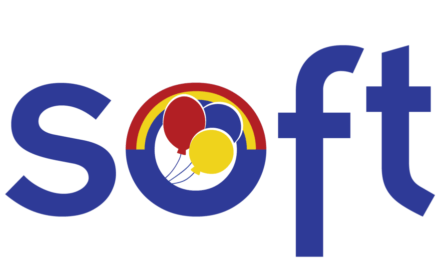
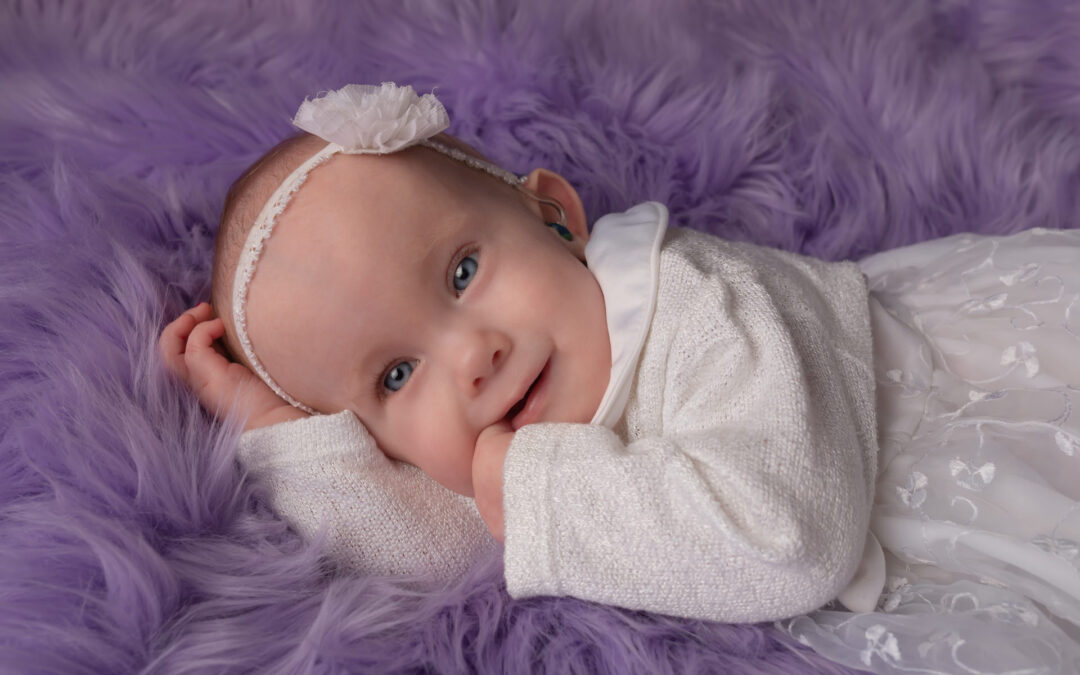
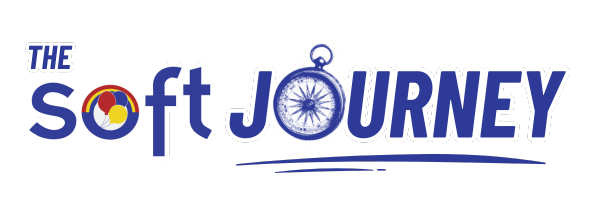
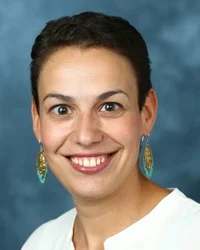
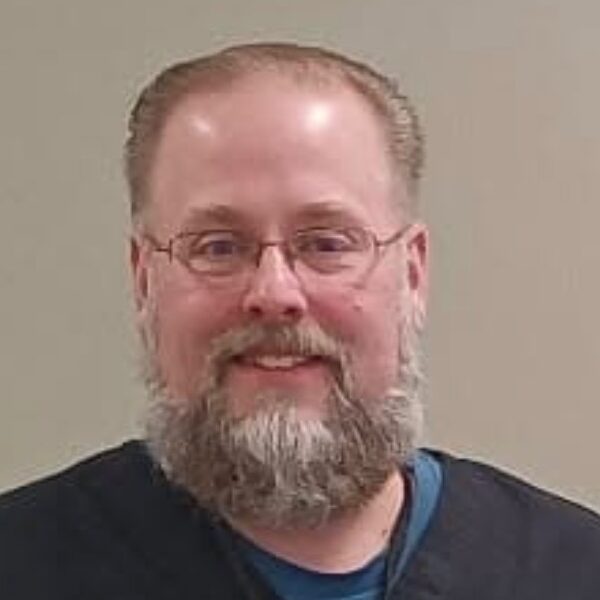



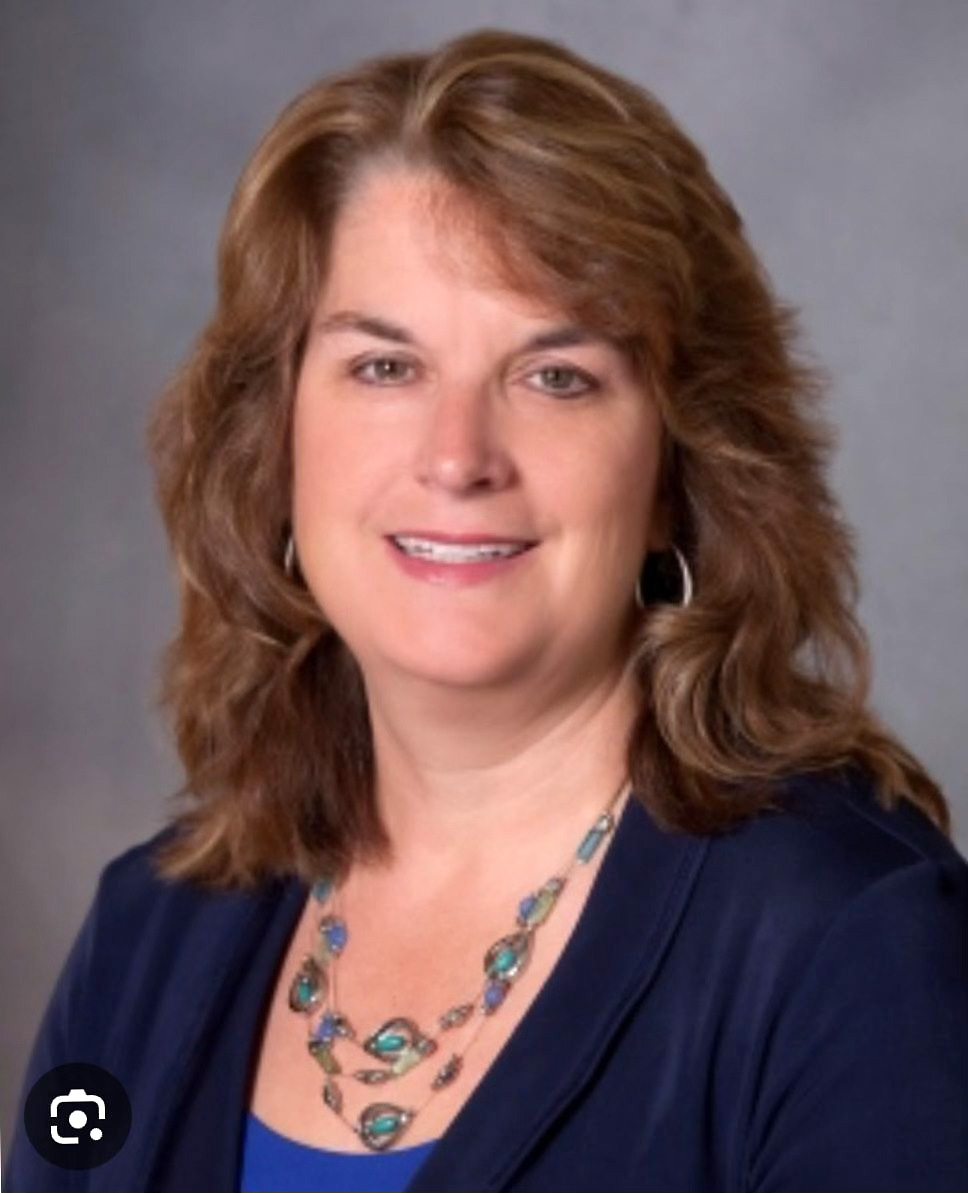

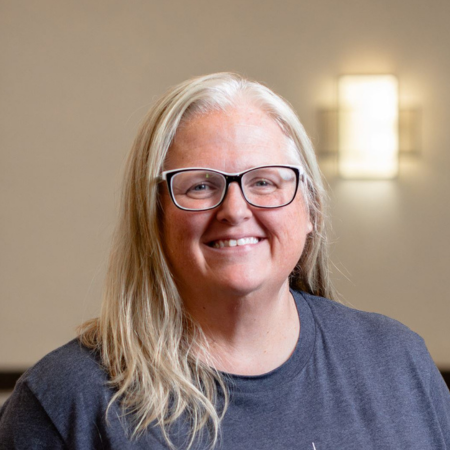

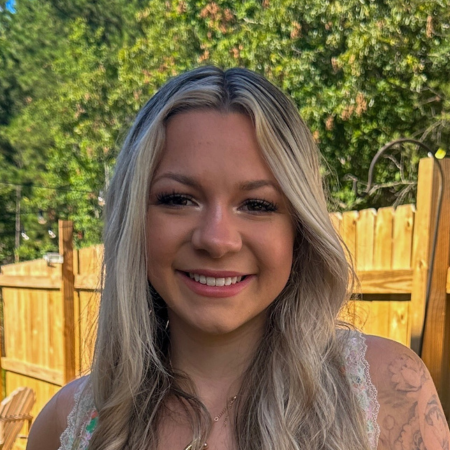
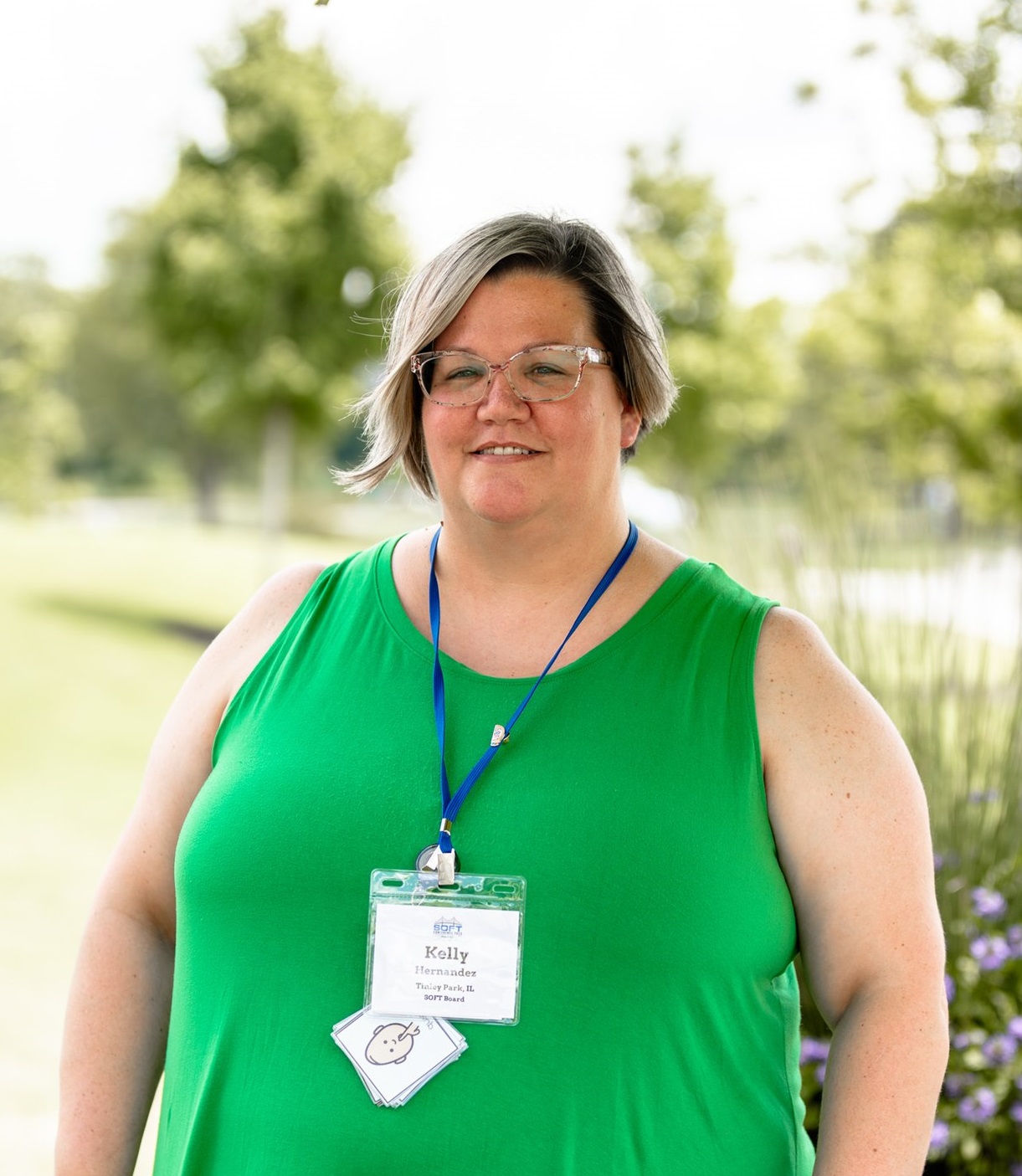
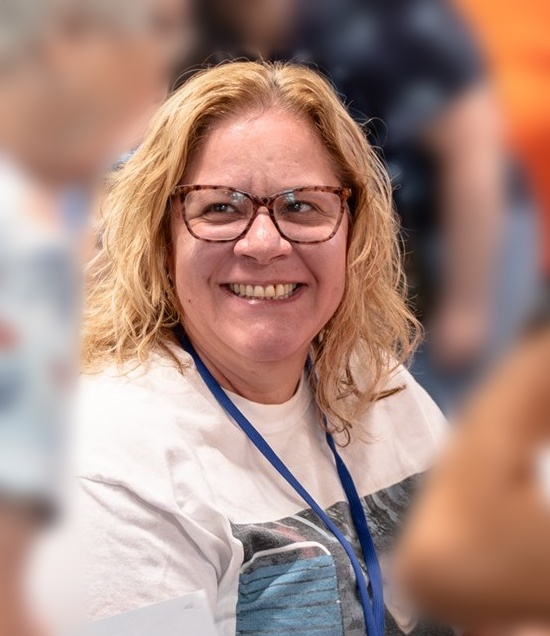
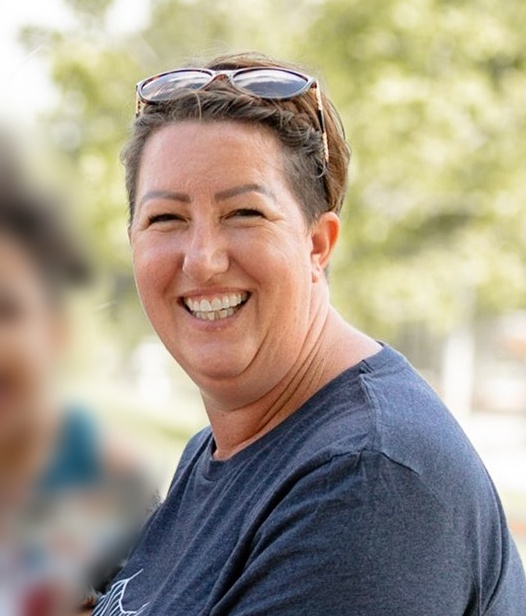

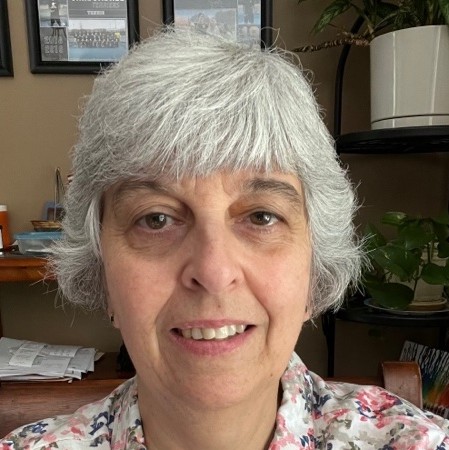
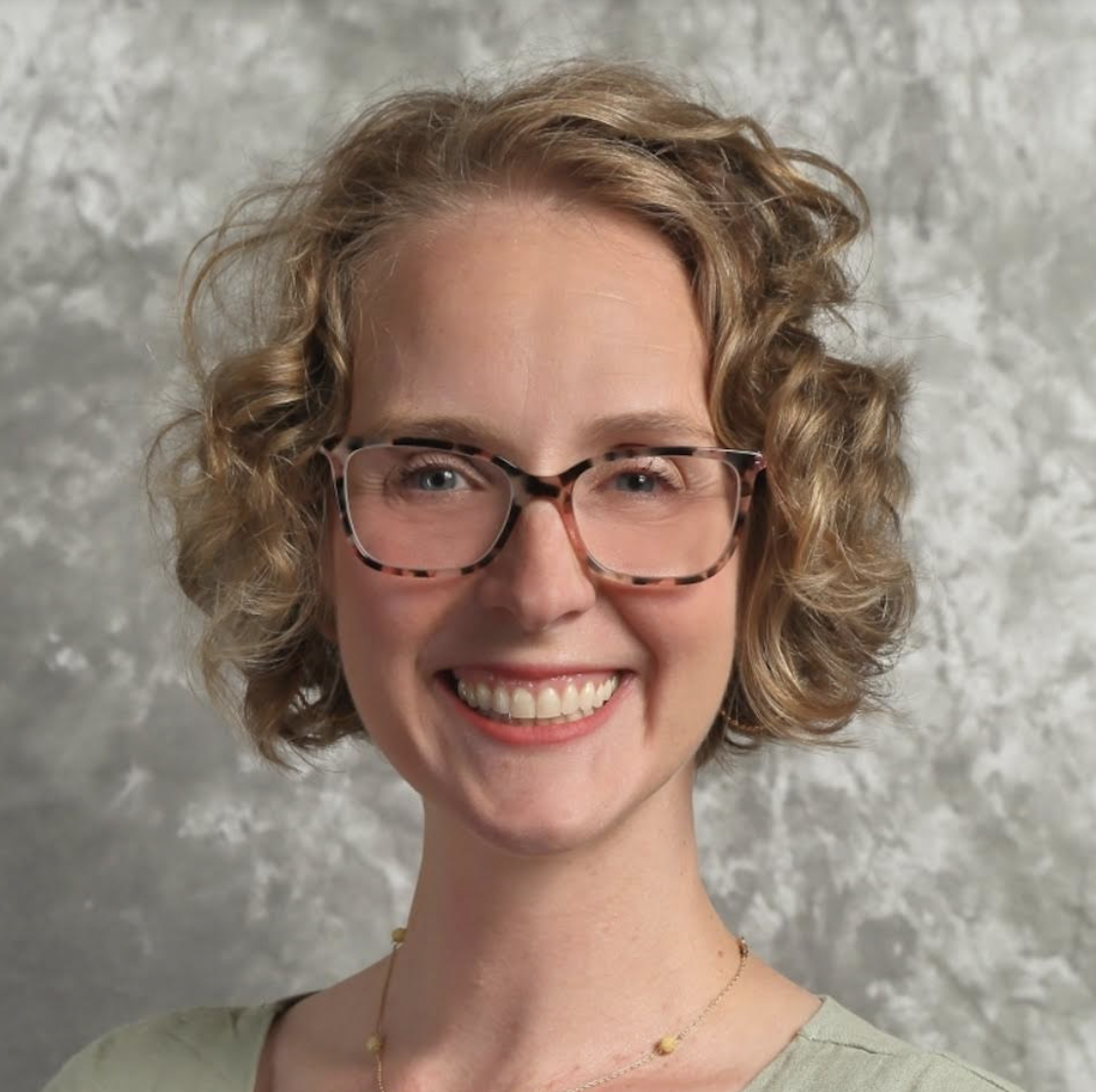

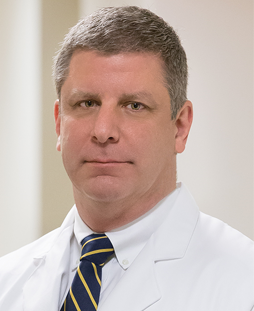

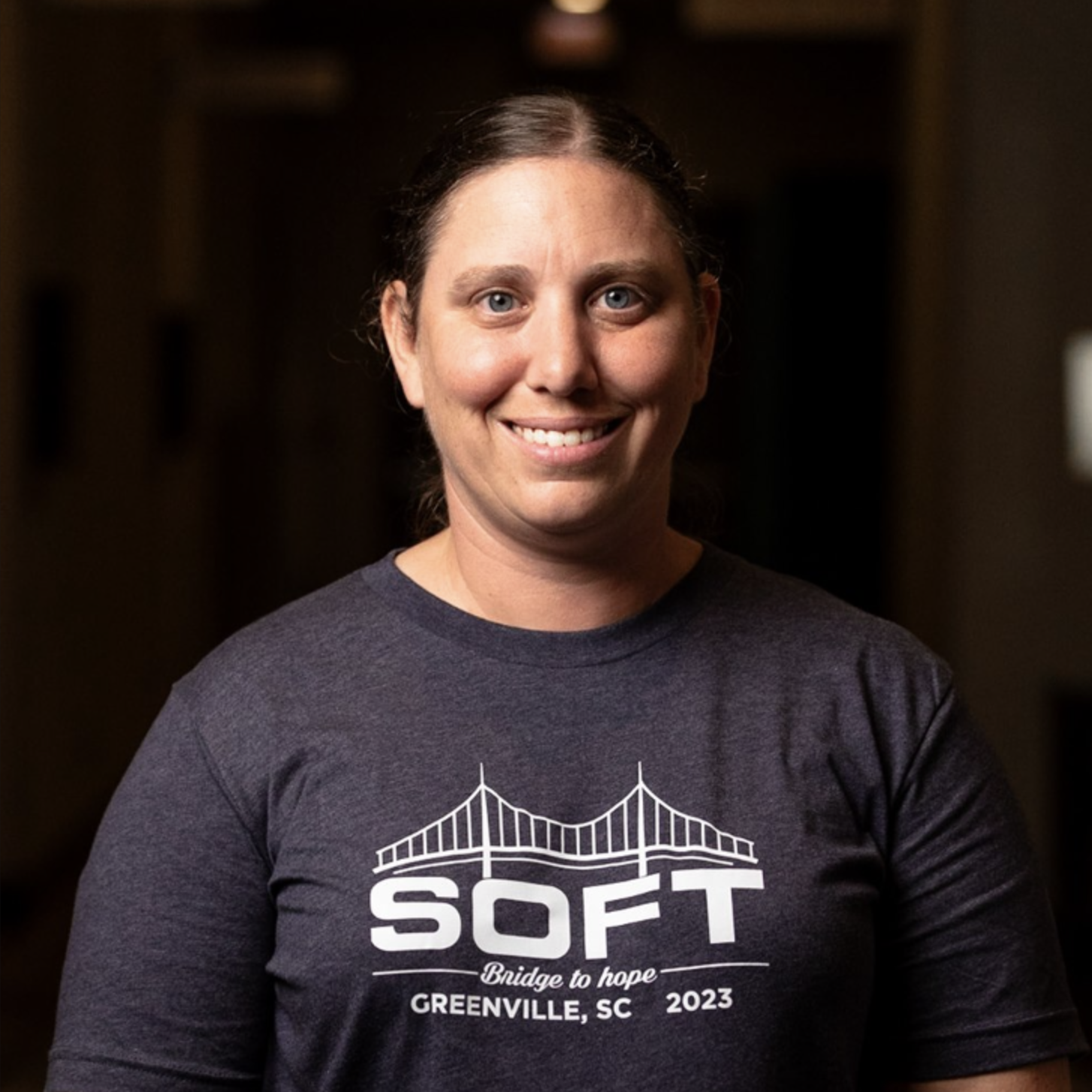



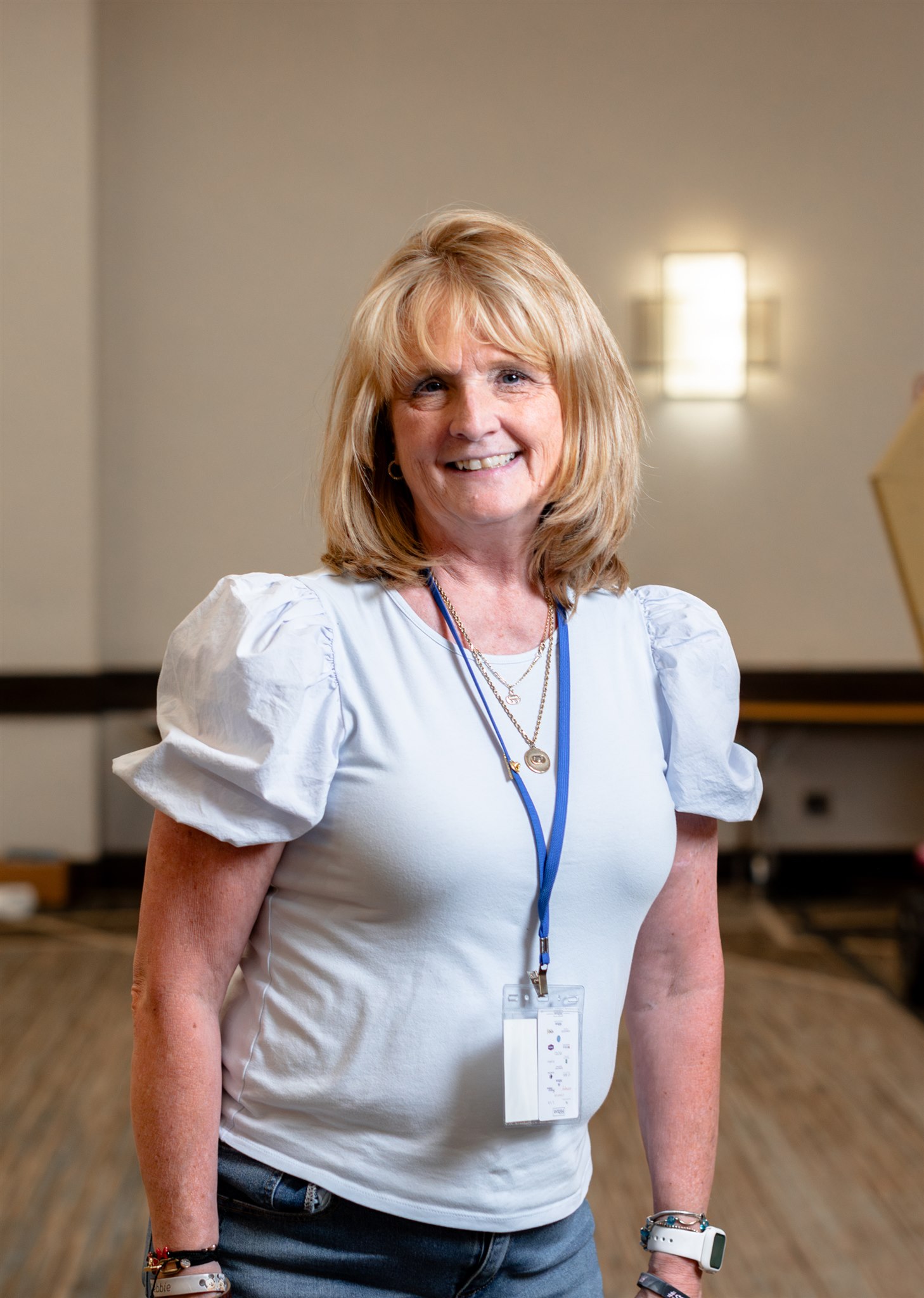
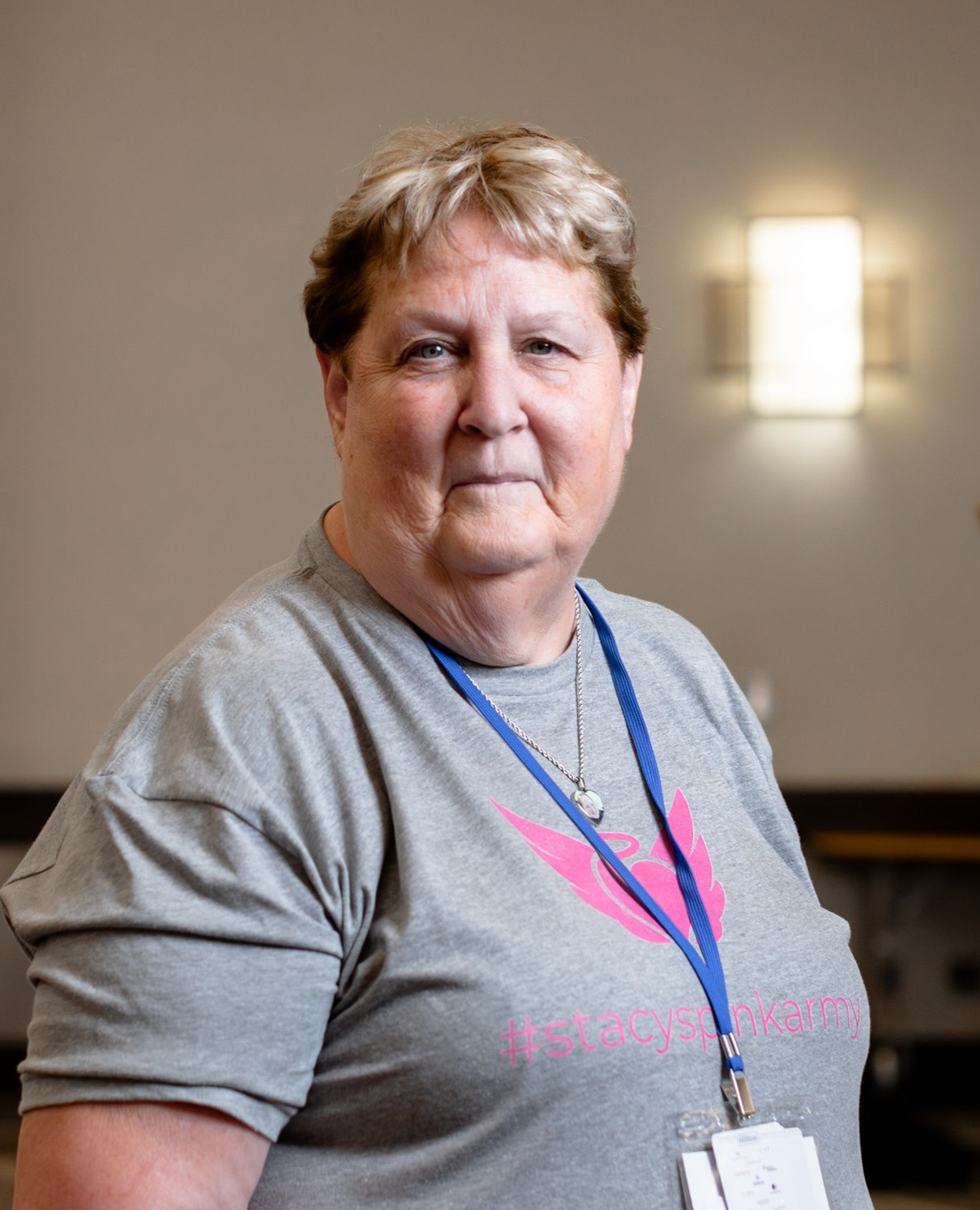
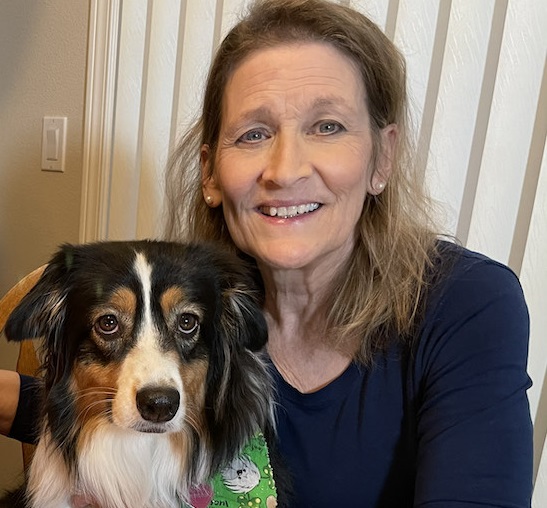
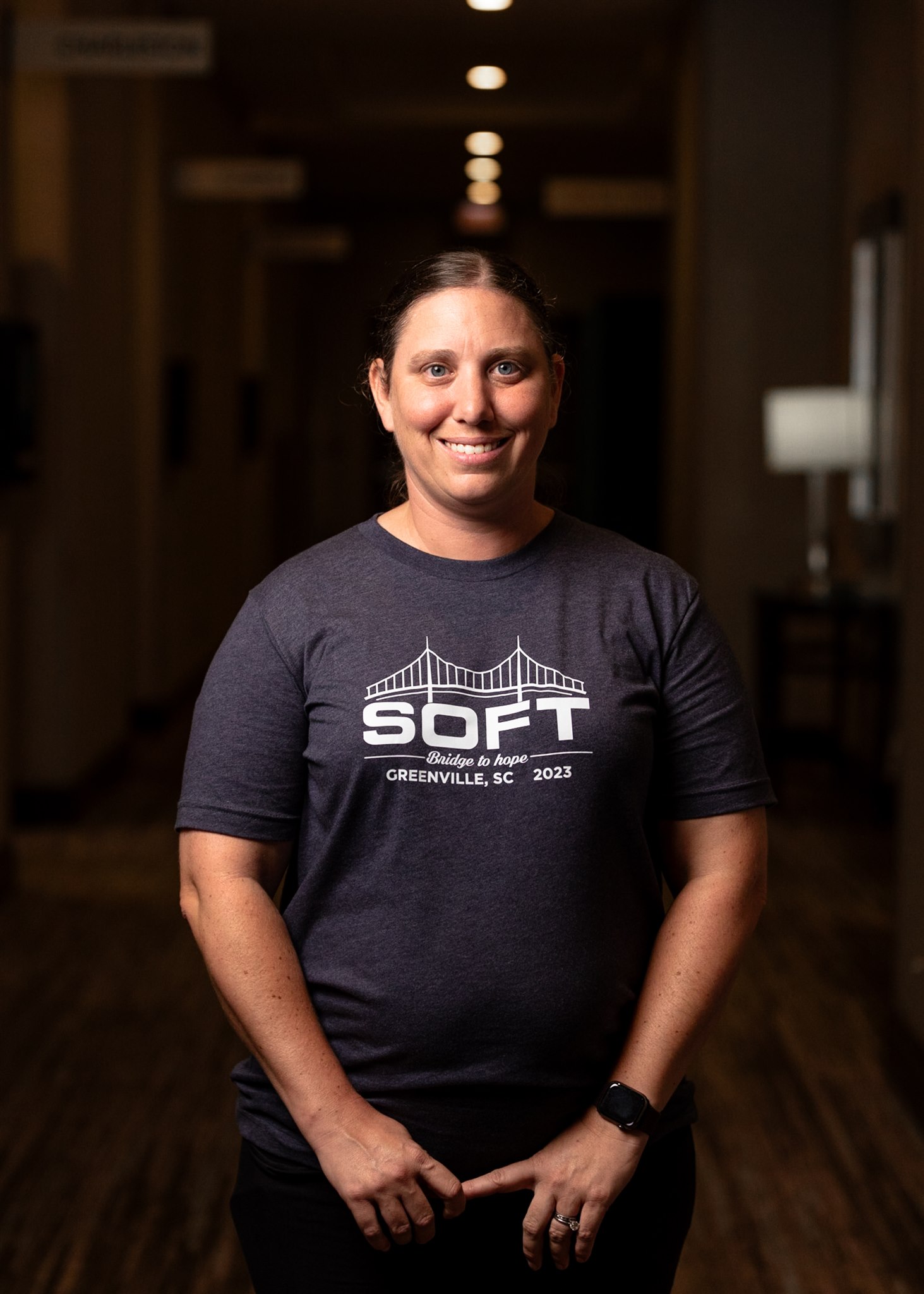


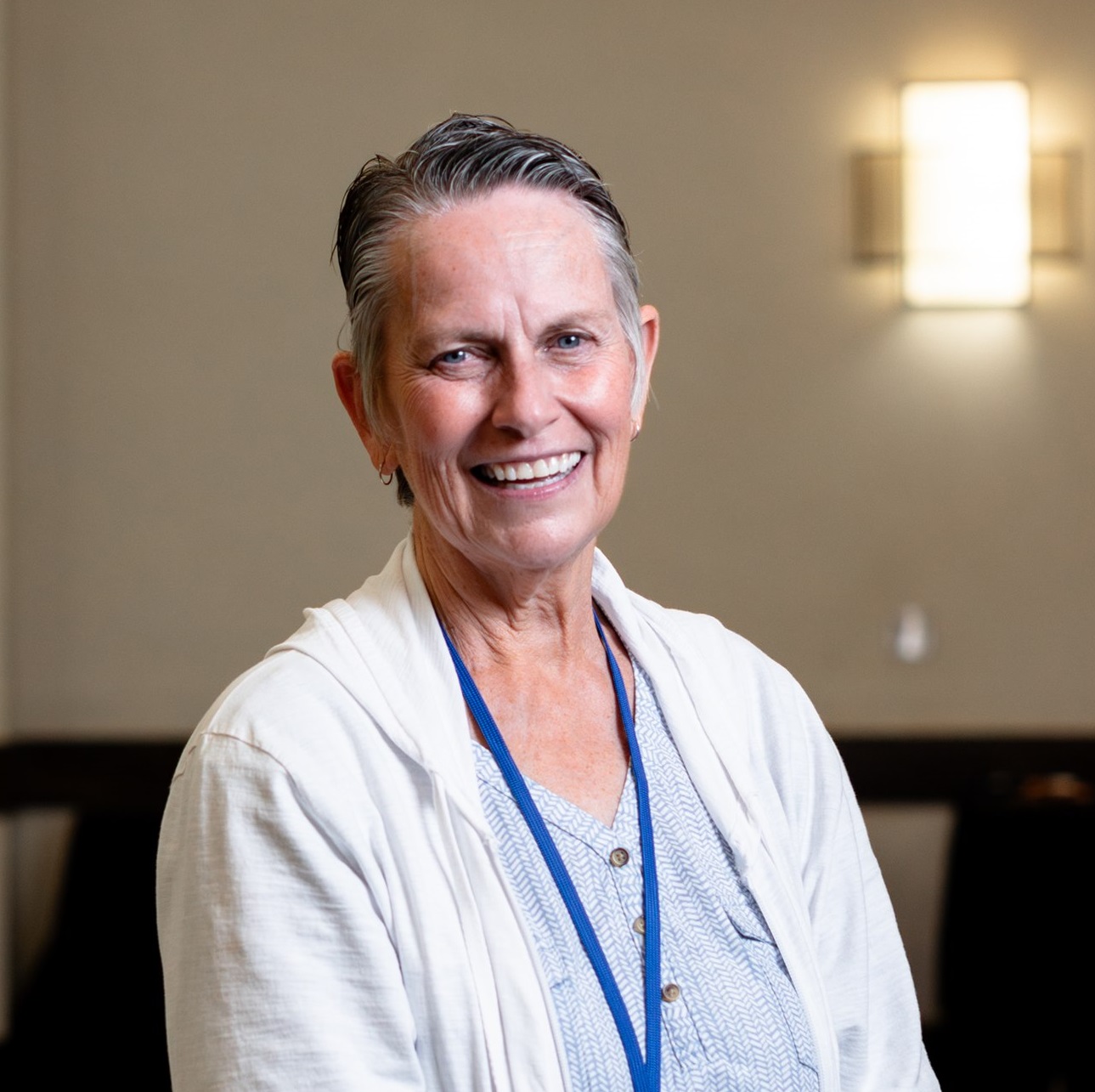

Recent Comments